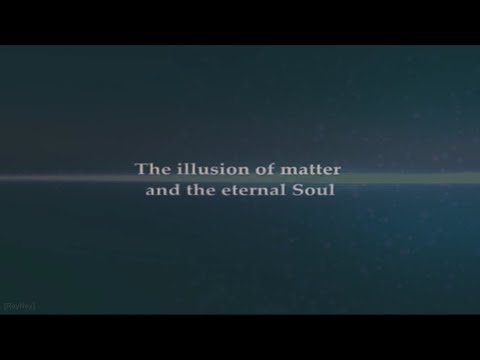very good advice, Bhante. Thank you
Thank you Bhante, I’ve moved away from using Attention for citta.
With regards to the topic of ‘luminous mind’, I’ve heard it also referred to as the ‘mind of clear light’. Basically I interpret it as citta purified or cleaned of defilements and obscuration’s.
Please correct me if I’ve got this wrong.
I’ve only ever heard that specific term used in Vajrayana.
sure, that sounds reasonable.
That reminded me of a beautiful discourse MN32, a discussion among bhikkhus in the Park of the Gosinga Sāla-tree Wood.
As usual the Buddha was rather scientifically correct since light can actually be used to deliver sounds. Only we start to know how to do that recently
We Can Now Store Light as Sound, And It's a Game Changer For Computing : ScienceAlert
![]()
Light can contain images as well, since fiber optics is light pulses. Really it’s not that different to neurons in our brains. The retina converts photons to neurochemical electrons via phototransduction.
You never actually “look” at images, the raw sensory data is converted to electrical impulses which then travels from your optic nerve to your brain. You never actually hear sound either, it’s just electric impulses traveling from your ear drum to your brain.
So technically your brain never comes in contact with external objects like let’s say a candle in front of your eyes, all your brain comes in contact with is electric impulses. Even if you hold your own brain in your hands and look at it, your brain doesn’t actually come in contact with itself, it only comes in contact with electrical impulses.
So I think light can be anything.
![]()
Not directly relevant, but there’s research suggesting that the brain is structured in as many as 11 dimensions. I wonder how much about the subtlety of the brain we still can’t even glimpse.
Fortunately we have gotten the fly brain(100000 neurons) data next is mouse brain(70m neurons) and human(86b neurons)
I always think about this when tech people try to reduce the brain (and thus the mind) to an algorithm. They have to willfully ignore the science we already have which shows how embodied and distributed our cognition is, let alone all the “unknown unknowns.”
Yep, for all we know our brains are plugged into a computer which then sends sensory data to the brain which we believe represent reality, there’s really no reason to have 100% faith in the senses.
I also take this as the interpretation in the payasi sutta, where the chieftain claims to have killed criminals to see where their souls escape to, and the monk tells him that he’s going about it the wrong way. For example, if you’re plugged into virtual reality, does seeing a ghost in a video game prove that ghosts exist? Likewise if we’re plugged into a delusion then the senses don’t really prove anything. Even when your character dies and is reborn just like in a video game, that doesn’t prove anything.
Scientific tools are all about zooming into things, but if you zoom into a virtual reality object, you’re still zooming into delusion or artificial reality. What one needs to do is zoom out, and take the vr headset off, not zoom in. I see the sequential levels of jhanas as stages of zooming out and turning away from the simulation.
This old video does a good job of explaining the deceptiveness of the senses, just ignore the atman conclusion at the end, everything else is great though.
